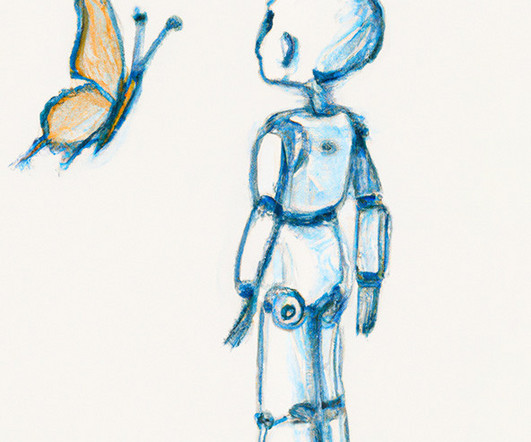10 Ways Funders Can Address Generative AI Now
Stanford Social Innovation Review
SEPTEMBER 28, 2023
At this uncertain time, as the potential use-cases of generative AI begin to become apparent, there are at least 10 things that funders can do to help the existing field of tech-related nonprofits—and society at large—better prepare. Building government (and civil society) capacity to use AI. The future is now.













Let's personalize your content